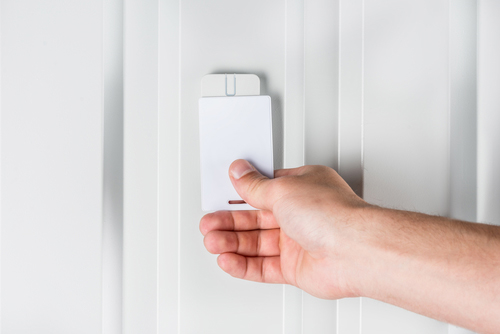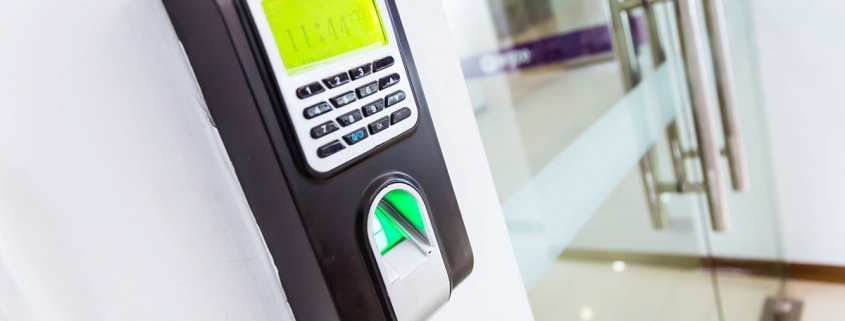Security, in your home or business, is about controlling access. Defined as the selective restriction to a place or resource, giving someone access control assumes authorization to use, consume or otherwise control the protected good. Whether you are trying to protect your intellectual property from would-be counterfeiters or you are trying to protect your belongings from thieves, every security system begins with how you control access to your home, shop, business, or another environment.
Types of Access Control Systems
It is easy to assume access control systems are high-tech gadgets that prevent would-be intruders from entering an area of a property. In reality, these systems can be divided into one of two categories, physical access control systems, and technological access control systems.

Physical access control systems were a fancy term for locks, guards, or other physical barriers to access. Once upon a time, only those with a set of keys were able to open doors that contained important information, goods or property. The only problem with such physical control systems was that they were operated by humans. Keys are lost and remade or unaccounted for in personnel changes. Salaries for security are costly, especially for small businesses and private homeowners.
Technological access control systems have augmented and in some cases replaced physical systems. Homeowners and businesses no longer must rely on keys and guards for security but can manage control points electronically. Access cards and card readers, control access keypads, biometric locks, key fobs, and electric lock hardware is becoming more commonplace in businesses and homes. The ability to control access remotely via a central location or even smartphone app has added to the complexity and security offered by technological access control systems.
Access Control Devices
The number and type of access control devices vary based on the complexity of the system. For our purposes, we will focus on the three basic types of readers that are available in security systems.
- Basic readers. Users gain access by inputting a PIN into a keypad which then triggers a locking mechanism to unlock the door. The system does not make decisions about who is permitted to enter but simply gives access to anyone with a code.
- Semi-intelligent readers. These readers have everything necessary to control a door (access to a lock, a magnetic door contact, and an exit button) but do not make access decisions based on who is trying to get in. If a person presents a card or enters a pin, the reader relays information to the main controller and awaits a response. These systems can be adjusted to allow certain people access to certain places, but always requires a person to input that access into the controller.
- Intelligent readers. Controlling access points like semi-intelligent readers, intelligent readers take the technology a step further by connecting directly to a PC that can fully integrate access information, track a person’s whereabouts, time signatures and activities and provide an owner with an overall picture of what is happening while they are gone. Intelligent readers are especially useful in home security systems where people can check up on their home, kids or pets remotely from their smartphone.

Manage your entire staff’s access control from one central location or from individual devices
Whether you are searching for a way to secure your home or make your business safer, HS Tech Group offers personalized solutions for every environment. Call today for a free consultation.






